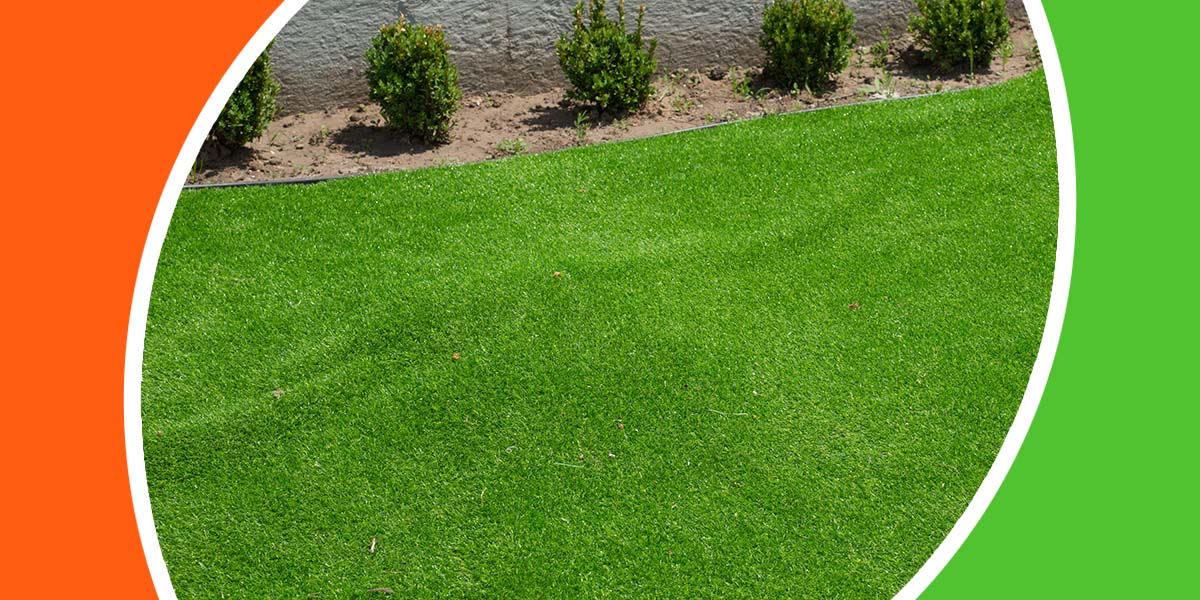
Artificial grass is a low-maintenance and appealing alternative to traditional lawns. However, even the most durable turf can develop imperfections if improperly installed. One common issue homeowners face is the appearance of lumps or bumps, which can detract from the aesthetics and functionality of the synthetic lawn. Hiring an expert to install your artificial grass will prevent such pitfalls.
Table of Contents
Why Did Your Artificial Grass Get Lumpy?
Several factors can cause the formation of lumps in your artificial grass:
- Inadequate ground preparation: Artificial grass must be installed on firm, level, well-draining surfaces. Finding that level surface requires more than removing the topsoil. You’ll want the area to be between 2-4 inches deep.
- Improper installation: A well-prepared subbase is crucial to a flawless artificial lawn. If the base isn’t compacted and leveled during installation, the ground can settle unevenly, causing bumps to appear over time.
- Heavy equipment: Heavy gear on your artificial grass for prolonged periods can compress the infill and create dips. Once you move the equipment, the surrounding area appears raised in comparison.
- Poor drainage: Inadequate drainage can cause water pooling in certain areas, leading to erosion of the infill material and the formation of lumps.
- Pet activity: Dogs digging and burrowing can disturb the infill and create bumps.
How to Fix Lumpy Artificial Grass
Getting rid of artificial grass lumps varies depending on the severity of the problem and the cause. Some possible fixes are:
- Brushing: Brush in multiple directions using a stiff bristle brush to redistribute the infill material. It is most effective for addressing unevenness caused by footprints and light furniture.
- Adding infill: If your grass appears sunken or dips have formed, it might need more infill. Use a specialized infill appropriate for your specific artificial grass type. Spread the infill over the affected areas and brush it with a stiff broom so that it goes through the base.
- Seaming iron: In some cases, heat can address stubborn lumps and creases. A seaming iron designed for artificial grass can help smooth wrinkles or bumps. Following the manufacturer’s instructions is crucial to avoid damaging the grass fibers.
Be sure to consult your warranty and installation instructions before attempting any repairs. Improper handling can void the warranty and worsen the problem.
When to Hire a Professional to Repair or Replace Your Artificial Turf
While DIY solutions can work for minor issues, seek expert help if faced with these challenges:
- Drainage issues: A skilled landscaper will assess the situation and enforce long-lasting solutions for drainage problems.
- Damaged seams: Repairing seams and tears requires specialized techniques and materials. Attempting to do it yourself might cause further damage.
- Extensive damage: If the lumps are widespread, call a professional installer. They will diagnose the root cause and create a repair plan.
Request Repair and Replacement Services From CBA Sports
Artificial lawns can be maintained for years if you understand how to care for them, including what can cause uneven infill to develop and how to fix it. For more complex issues or warranty considerations, feel free to seek help from a specialist. Contact us online or at 770-796-4134 to learn more about our services.
